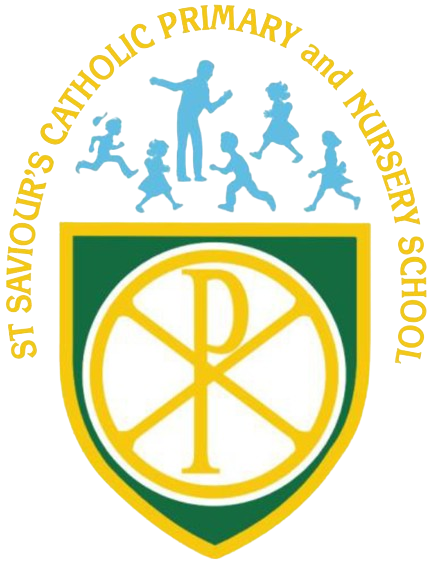Year 6

Timetable
Monday -
Hymn practice
Homework given
PE Day - Netball (Miss Burrows)
Story time: Class Novel (20 minutes)
Tuesday
Class prayer
Story time: Class Novel (20 minutes)
Wednesday
Gospel Assembly
Story time: Class Novel (20 minutes)
Thursday -
Spelling and arithmetic tests take place
Homework returned to school
Class Prayer
PE Day - Tag-rugby (Coach)
Story time: Wider Curriculum Reading (20 minutes)
Friday -
Praise Assembly
Story time: Class Novel (20 minutes)
New spelling homework is set on SpellingFrame & your Times Tables Rock Stars (ttrockstars.com) log in is available for practise.
Spring 2 Learning
Writing
In our Literacy lessons we will be exploring a range of texts that allow us to dive deeper into the writing world. We will use sentence-stacking lessons to build our ideas as we focus on writing techniques and complete an independent piece to show off our author skills. Throughout our writing process, we will edit our work independently and include new vocabulary.
Reading
During our guided reading lessons this half-term, Year 6 will practice their reading fluency, secure their understanding of word meanings in context, summarise and answer retrieval questions. We will use our inference skills to zoom in closer as we look at themes, characters and events in the texts.
This half-term, our class novel is 'KICK' by Mitch Johnson. Through reading this novel in class, lessons focused on discussion and, using the above skills, we will dive deeper into the author's choices, the plot and character's feelings.
Children will become confident at applying their reading skills to a wide variety of texts and genres.
Maths
In Maths, we will be diving deeper into developing our knowledge of area, perimeter and statistics. As we work through the units, we will apply our mathematical knowledge to various word problems. The children will work on solving word problems with increasing independence and manipulatives from around the classroom to build their confidence. Mathematical vocabulary will be used throughout our class discussions and the children's explanations.
RE
In our RE lessons this half-term, our unit is called 'Desert to Garden'. As we journey through Lent, the children will re-cap their prior understanding of important Bible stories and strengthen their knowledge of the literal and spiritual meaning behind them.
Science -
Electricity
Geography –
Geographical Issues
DT -
Sewing
Physical Education -
Netball and Tag Rugby
Homework
SATs Bootcamp
Children should be using their SATs Bootcamp account to revise and practice questions. Set tasks will be given to the children as homework tasks each week.
Reading
Children should read for at least 15 minutes per day. Please record your child's reading homework in their reading diary. These will be checked daily.
Arithmetic
Children should be learning their timetables for at least 10 minutes per day on TTRS.
Click here to access Times Tables Rockstars.
Spelling
Children should be practising their spellings for at least 10 minutes per day on Spelling Frame. Children should complete their online spelling test on Tuesday or Wednesday to be ready for their test on Thursday morning.
Maths
Children will receive a piece of homework based around their maths learning that has taken place in the classroom or arithmetic. This will be given out on a Monday and returned to school on Thursday morning. This homework should take around 20 minutes to complete.
English
Children will receive either a reading, writing or SPaG task. This homework should take around 20 minutes to complete. It will be given out on a Monday and returned to school on Thursday morning.
Class gallery
